Spunky and super-tiny, the Pomeranian is a happy-go-lucky dog breed

Pomeranian Spotlight
- Affectionately nicknamed the Pom or Pom Pom
- Active, confident and feisty
- Highly intelligent and love to learn
- Double-coated
- Need firm owners to prevent small dog syndrome
- Good watchdogs
- Excellent family companions
- Not ideal for young kids
History
The Pomeranian is a dog breed that belongs to the Toy group. Its name comes from the Pomerania region between Poland & Germany, which is not actually where the Pomeranian was developed. Pomerania is, however, credited for the breeding practices that eventually led to some of the first variations of the breed as it is known today.
The Pomeranian is considered to be a Spitz dog, which is a classification given based on physical appearance. Long fur, sharp ears and a curled tail are all characteristic of a Spitz dog. The Pomeranian descended specifically from the German Spitz.
The Pomeranian has a royal history. The most well-known leader to be associated with the breed was Queen Victoria, who owned a rather small Pomeranian and is considered to be the reason why the smaller variations of the breed became significantly more desirable during her lifetime. One of the first known references of the breed occurred in a diary entry by James Boswell in the mid-1700s.
It has also been associated with the likes of Queen Charlotte, artist Sir Thomas Gainsborough and Napoleon Bonaparte.The Pomeranian remains fairly popular today with a ranking of 22nd most popular dog breed on the American Kennel Club’s list. It received AKC recognition in 1888.
Personality & Temperament
Pomeranians are energetic, curious, confident, smart and a little feisty. They love to play with people and other dogs alike. If properly socialized they will be far from reserved when it comes to strangers. Their intelligence and constant desire to learn make them fairly easy to train, but it should be noted that they require confident owners with a firm hand and tone. They are typically well-behaved and playful with children, but it is important that children are taught to not handle the dogs in a rough manner due to their small size.
Pomeranians are excellent companions when properly trained and socialized. However, failure to do so can result in numerous behavioral issues, of which the most notable and least desirable is small dog syndrome. Separation anxiety, resource aggression and acting vicious toward other dogs, even significantly larger dogs, are just some of the characteristics that Pomeranians with small dog syndrome might possess.
Fortunately, proper training can prevent Pomeranians from developing these traits and can help to diminish these traits if they do arise. Make it very clear from the beginning that you are in charge of your Pomeranian, not the other way around, and he or she is sure to become a wonderful, well-tempered companion and a lovable addition to your home.
Appearance & Grooming
According to the breed standard, Pomeranians are typically not more than a foot in height and not more than seven pounds in weight which explains their place in the toy size class. The breed was much larger in its early stages and Pomeranians that do not fit in the toy size class are still seen from time to time, but this is not consistent with the current breed standard and is therefore considered to be a flaw.
Pomeranians have a fox-like face with a blunt muzzle and dark, almond-shaped eyes. Pomeranians are double-coated breed and are known for their thick, long coat that can appear in a variety of hues, although the most common are black, orange and cream. Their coat can be solid or spotted. Longer patches of hair around the neck and chest are characteristic of the breed but are not a requirement for non-show dogs.
Due to the length of the Pomeranian’s coat and the fact that it contains a soft bottom coat and a straight top coat, both of which are fairly thick, the breed requires regular grooming. Pomeranians should be brushed a minimum of twice per week to remove any dead hair and reduce shedding. Pomeranians are clean dogs unless they spend extensive time outside and most will only need to be bathed as needed. Regular attention should also be given to a Pomeranian’s teeth as the breed is susceptible to dental problems.
Their teeth should be brushed a minimum of once per week but more frequently than that is considered ideal. Their nails should be trimmed at least every other week to prevent floors, furniture and people from accidentally getting scratched.
Health
- Tracheal collapse occurs when the rings in a dog’s trachea begin to slowly collapse and push air through a narrower passage. It is especially prevalent in small dogs, which makes Pomeranians highly susceptible. There are many different symptoms and they don’t all point directly to tracheal collapse, but it is important to have your dog examined by a veterinarian if they display a wheezing cough, have difficulty breathing or tire unusually quickly during exercise.
- Patellar luxation happens when a dog’s kneecap is dislocated from its original position. The issue is quite common, especially in toy and miniature breeds. The exact moment the dislocation occurs is typically the only time the dog will feel pain or discomfort, and signs that a dog has a dislocated kneecap include skipping, lameness and irregular movement.
- Skin problems are not uncommon in Pomeranians and can be signs of many different things, including allergies, Malassezia dermatitis (a yeast infection), atopic dermatitis or dry skin. If you notice that your Pomeranian is experiencing any form of skin irritation you should see a vet for diagnosis and treatment.
Exercise & Care
Pomeranians have a medium energy level and need daily walks in order to live a happy and healthy life. Indoor playtime is also important but should not be expected to replace important outdoor exercise. Pomeranians also enjoy off-leash adventures in secure areas such as fenced-in yards and enclosed dog parks.
Those without regular access to fenced-in areas need not worry, as Pomeranians are highly adaptable to living in apartments and will do just fine if given daily walks and frequent playtime. Outdoor exercise should not be overdone during warmer months as Pomeranians are susceptible to overheating.
Pomeranians are first and foremost a companion breed. They should always live indoors with their families and the only time they spend outside should be supervised exercise or playtime. Pomeranians love to be around their owners and are very likely to develop separation anxiety when left alone for long periods of time.
Some dogs can become more accustomed to being left alone through training, but as a general rule of thumb, those who live busy lives and spend much of their day at work and their weekends out on the town may want to consider other breeds before committing to a Pomeranian. In terms of dietary needs it is important to work with your breeder and your veterinarian to determine a feeding schedule and a type of food that works best for your individual dog.
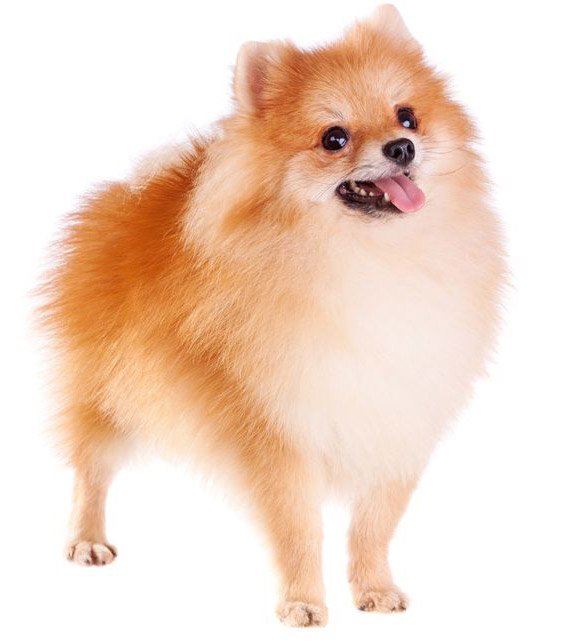

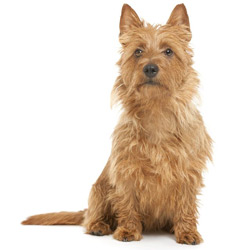
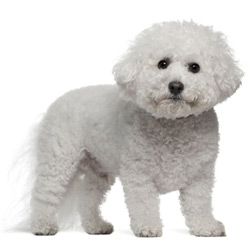
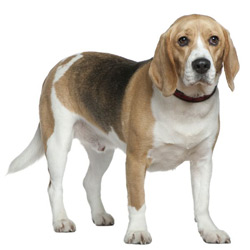
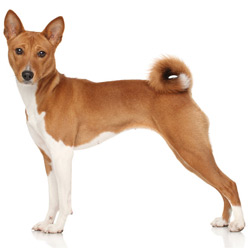
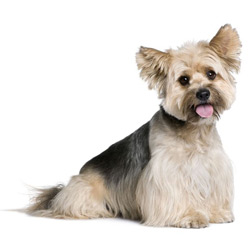
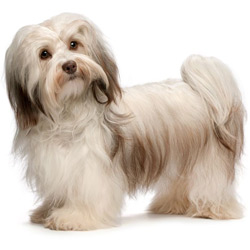
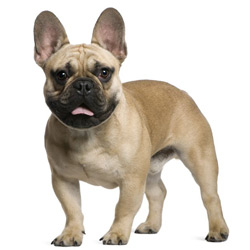
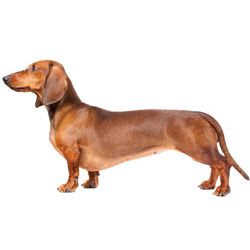
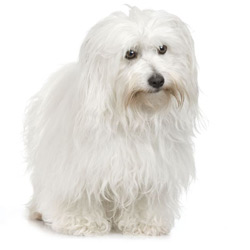
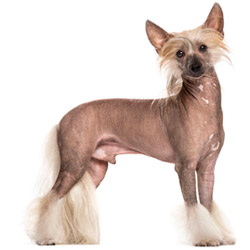
What do you think?